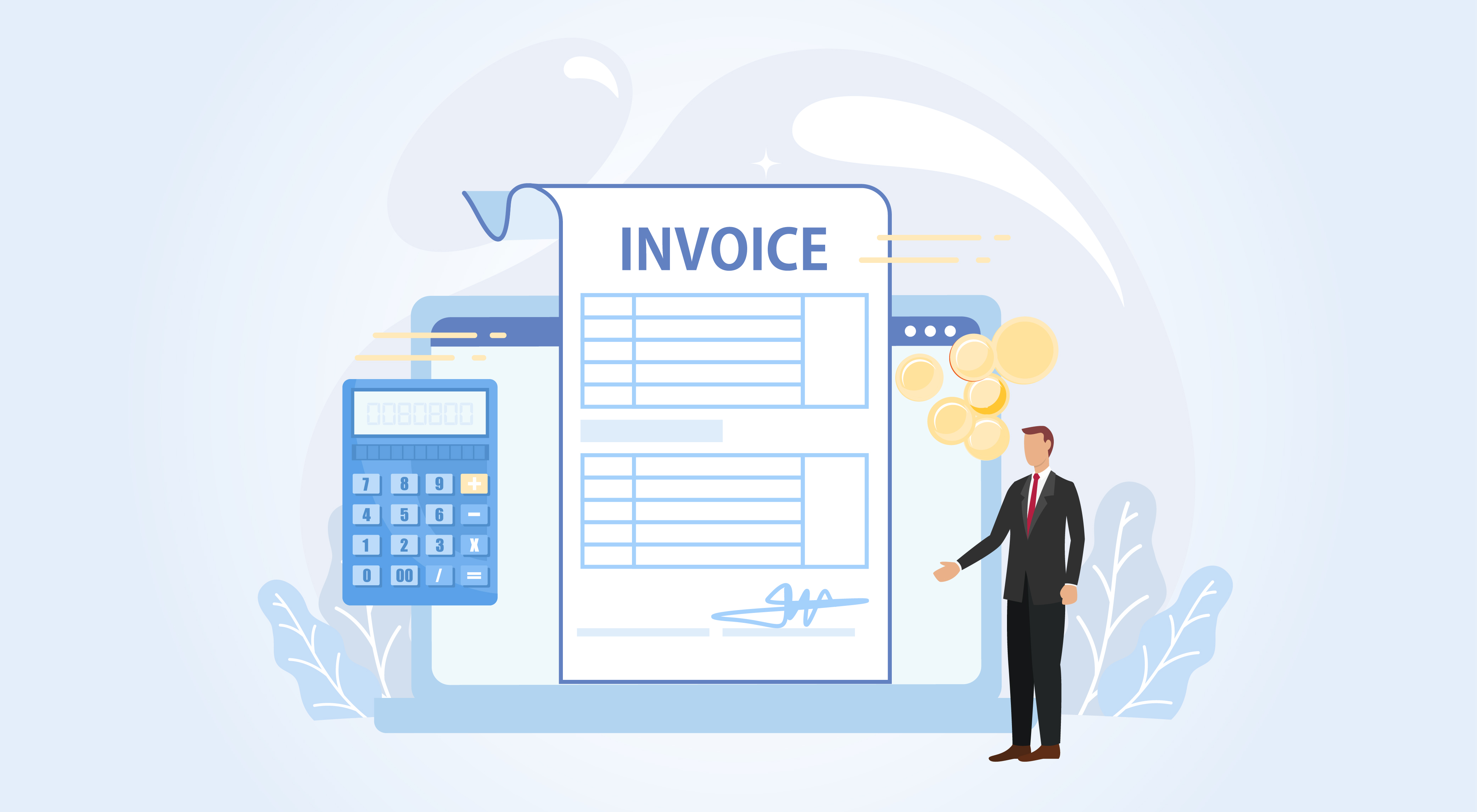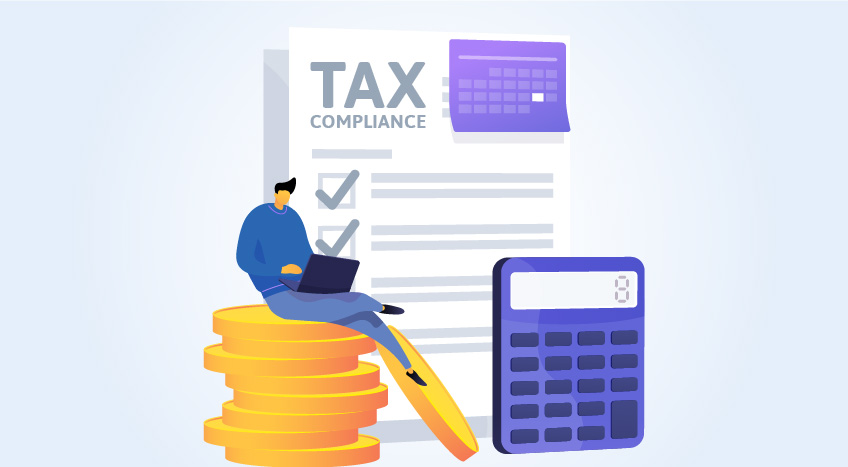In our article 'Tax payment under VAT', we learned about the various rules laid down for payment of VAT, such as the due date for payment of VAT, mode of payment of VAT, the penalty for non-payment of VAT and the facility to seek an extension in the due date for VAT payment. In this article, let us answer some FAQs in the minds of taxpayers, with respect to the payment of VAT.
FAQ 1: What is the order in which payment to GAZT will be used to pay tax liabilities?
Answer: Payments made to GAZT (General Authority of Zakat & Tax) will be applied to a person’s outstanding balances in the following order:
- Tax liabilities for the tax period
- Penalties for the tax period
- Penalties from the previous tax periods, starting from the oldest period
FAQ 2: What are the deadlines for VAT payment in Saudi Arabia?
Answer: A person should make a VAT payment after submitting the VAT return for the tax period. Payment of tax should be done maximum by the last day of the month following the end of the tax period. Hence, for a person filing monthly returns, the VAT payment deadline will be the last day of the month following the reporting month. For a person filing quarterly returns, the VAT payment deadline will be the last day of the month following the reporting quarter.
Example: A person filing monthly returns for the reporting period of 1st-31st July '18 has to pay VAT by 31st August '18.
Similarly, a person filing quarterly returns for the reporting period of 1st July ‘18 to 30th September ‘18 has to pay VAT by 31st October '18.
FAQ 3: What is the penalty for non-payment of VAT in Saudi Arabia?
Answer: The penalty for non-payment of VAT is 5% of the value of unpaid tax for each month.
FAQ 4: What happens if a taxpayer misses VAT payment?
Answer: When a taxpayer misses the date for payment of VAT, a notification will be sent to the business on the first day following the deadline for VAT payment. This notification will inform the taxpayer about the penalties imposed. If the VAT payment is not done promptly by the taxpayer, a formal non-payment notice is then sent. The formal non-payment notice will be followed by regular reminders to the taxpayer on non-payment of the VAT due. After a further period, if no response has been received, a collection case may be opened to collect the VAT dues using other means, which may include commercial sanctions or legal procedures.
FAQ 5: What happens if VAT credit is more than VAT payable?
Answer: In any tax period, if a person’s input tax credit exceeds the VAT payable, the person has the option to carry forward the credit to the subsequent period or request a refund.
Hence, VAT payment due is a crucial activity for all businesses registered under VAT. It is vital that businesses note their respective deadlines and ensures to file the VAT return and pay the VAT due by the deadlines.
Explore more Products









